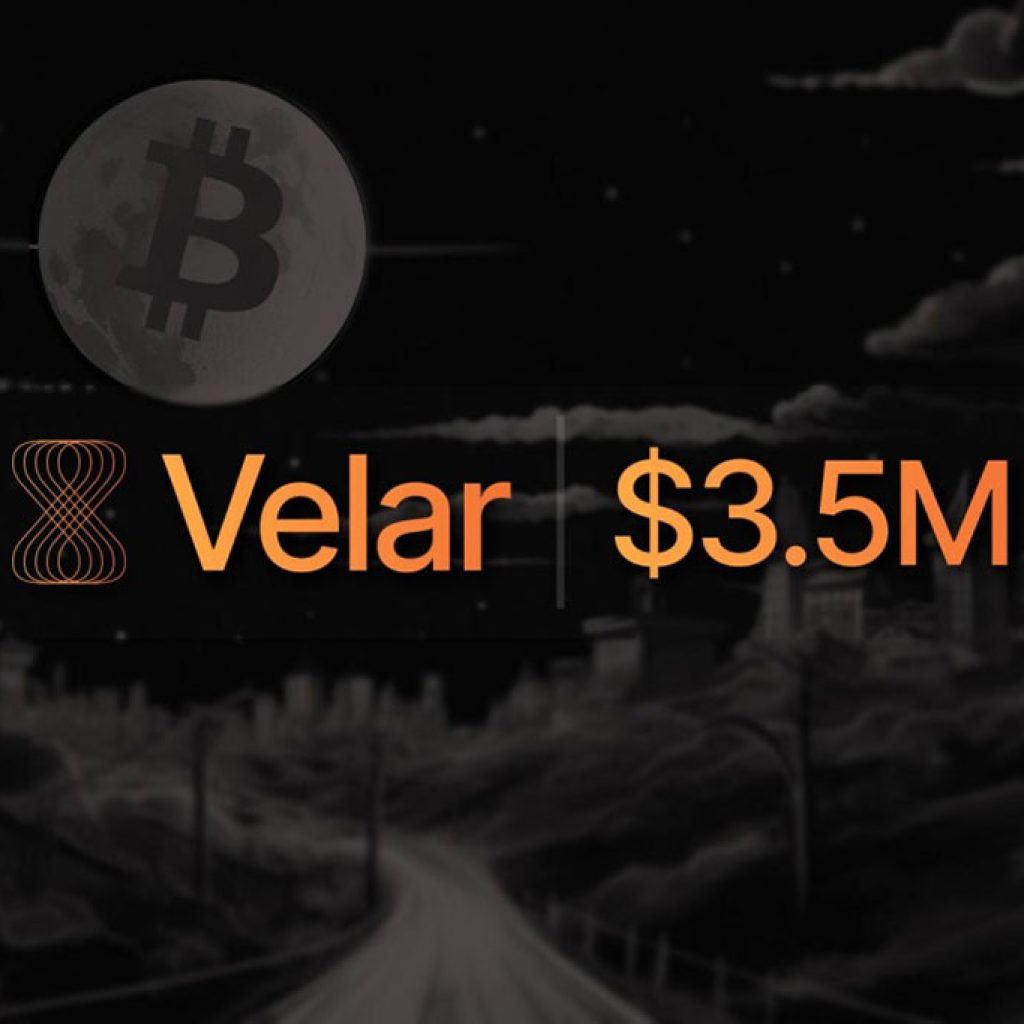Bitcoin’s underlying machinery is working harder than ever, setting new records with its hash rate. Yet, as the engine roars, the profits it yields have diminished, leaving many miners perplexed and less prosperous.
The growth of this leading cryptocurrency’s hash rate is a tale of scale, technology, and a stark contrast to the fall in miner revenue. The cryptocurrency ecosystem, it seems, never comes without its complexities.
Bitcoin’s surging hashrate: More power, less profit
When we say Bitcoin’s hashrate is breaking records, we mean it’s been flexing its computational muscles like a bodybuilder showing off at the beach.
The Bitcoin network has recently reached an astounding 414 exahashes per second (EH/s). This number represents a 54% increase from the beginning of 2023, and if we take a more extended view, an 80% growth over the past year.
The surging hash rate isn’t just a vanity metric; it indicates a more robust and secure Bitcoin network. A higher hashrate means more computational power is at work, making it extremely challenging for malicious players to attack the network.
But here’s the rub: while the Bitcoin network might be in a safer spot than ever, the miners powering it are grappling with shrinking revenues.
Miner revenues: The downward spiral
The term “hash price” might seem technical, but think of it as the earnings a miner gets for their computational efforts. Lately, this revenue has been in freefall, sinking to figures reminiscent of the dreary times in November 2022 when Bitcoin’s value plummeted to around $16,500.
To put this in perspective, according to data from HashPriceIndex, the revenue now stands at a mere $0.060 per terahash per second each day.
This is a staggering drop, especially when considering it was double this amount in early May, a time when there was a significant demand for Bitcoin block space.
Dylan LeClair, a market analyst, didn’t mince words when discussing this dichotomy. The essence of his viewpoint? Mining machinery is getting better and more efficient.
But unless Bitcoin’s price starts catching up to the hashrate, these miners are going to find their pockets empty. It’s as if they’re racing on a high-speed treadmill, going faster and faster, but making very little ground.
But how are these miners keeping their operations afloat amidst such financial adversity? It appears that many have been capitalizing on the equity market.
A report from Bloomberg on August 24 shed some light on this. It highlighted that 12 of the prominent publicly traded mining entities amassed approximately $440 million just from stock sales in the second quarter.
However, Mark Jeftovic, the mind behind the Bitcoin Capitalist newsletter, offered a word of caution to those considering investing in these mining companies.
He was critical of some of these firms, suggesting they might be diluting their shareholder’s value at an alarming rate. His advice was crystal clear: if the company’s dilution rate is outpacing Bitcoin’s growth, then it’s akin to moving backward on a fast-paced treadmill.
As the Bitcoin network stands stronger and more resilient, the community mustn’t overlook the miners’ challenges. Their financial woes are indicative of the broader challenges that the cryptocurrency sector must address.
Continuous advancements in technology, while essential, must also align with profitability to ensure a sustainable future. Otherwise, we might see a system where the machine roars louder, but the rewards diminish.





